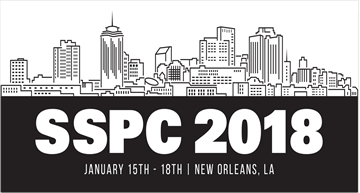Search
It’s All About Adhesion
Also Purchased
Pull-Off Adhesion Testing of Coatings - Improve Your Technique
Product Number:
41215-893-SG
Publication Date:
2015
$20.00
Inspector Protector and the Colossal Corrosion Fighters
Product Number:
37585
ISBN:
Inspector Protector
$2.00
Recently viewed




